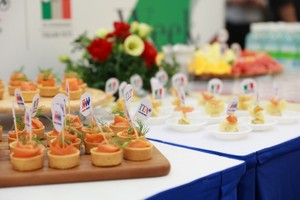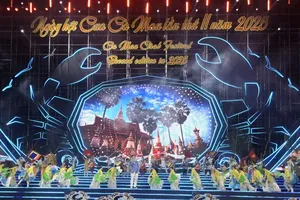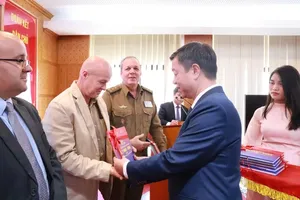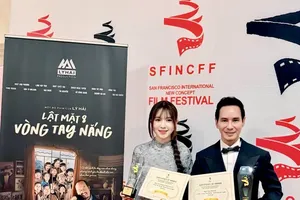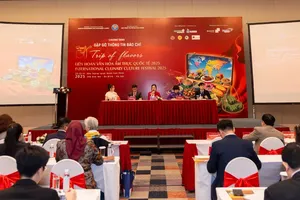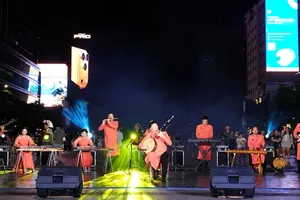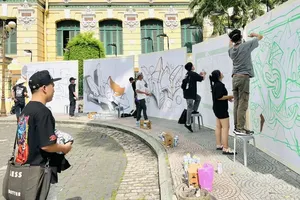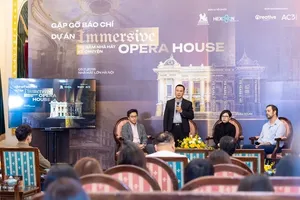Don Ca Tai Tu Nam Bo (southern amateur traditional music) has been officially recognized as an Intangible Cultural Heritage of Humanity at the 8th Session of the Intergovernmental Committee for the Safeguarding of Intangible Cultural Heritage being held in Baku, Azerbaijan from December 2-7.
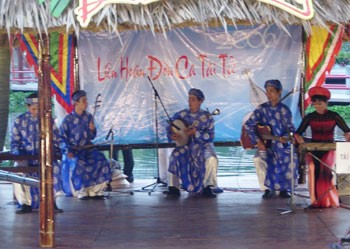
According to the Department of Cultural Heritage, Don Ca Tai Tu Nam Bo meets the criteria for being on the list of Intangible Cultural Heritage of Humanity, such as being passed down through generations in southern provinces, re-creating via cultural exchanges among people in the country, presenting a concord and respect among ethnic groups.
Don Ca Tai Tu Nam Bo is a long standing cultural tradition in the Mekong Delta Region since the end of the 19th century.
Professor Tran Van Khe, the great master of traditional Vietnamese music explained how this music is usually performed in festivals, ceremonious worships, parties, weddings and also funerals. It is traditionally played by southerners in the evening after a long working day.
Amateur musicians and singers who wish to train further and improve their skills in playing this folk music usually gather at a member’s house to play and exchange notes.
Southern amateur music cannot be found on modern day stage or in cultural and tourist festivals. This musical art form, a genre of the old chamber of music, is usually performed on ‘plank beds’ in living rooms in southern traditional homes.
The instruments used are the dan co or dan nhi, a two stringed fiddle; dan tranh or dan thap luc, a 16 string zither; dan kim or dan nguyet, also called the moon guitar, and the doc huyen cam, monochord. In present times the monochord has been replaced with the guitar.
According to Vinh Bao, another master of this traditional Vietnamese music, a special feature of Don Ca Tai Tu is to bring together people who want to share the same emotions and to reach out to the sensibilities of the audience.
However, both the masters lamented that this art form had fallen into the realm of cultural oblivion and felt the need to restore and preserve this valuable cultural heritage.
